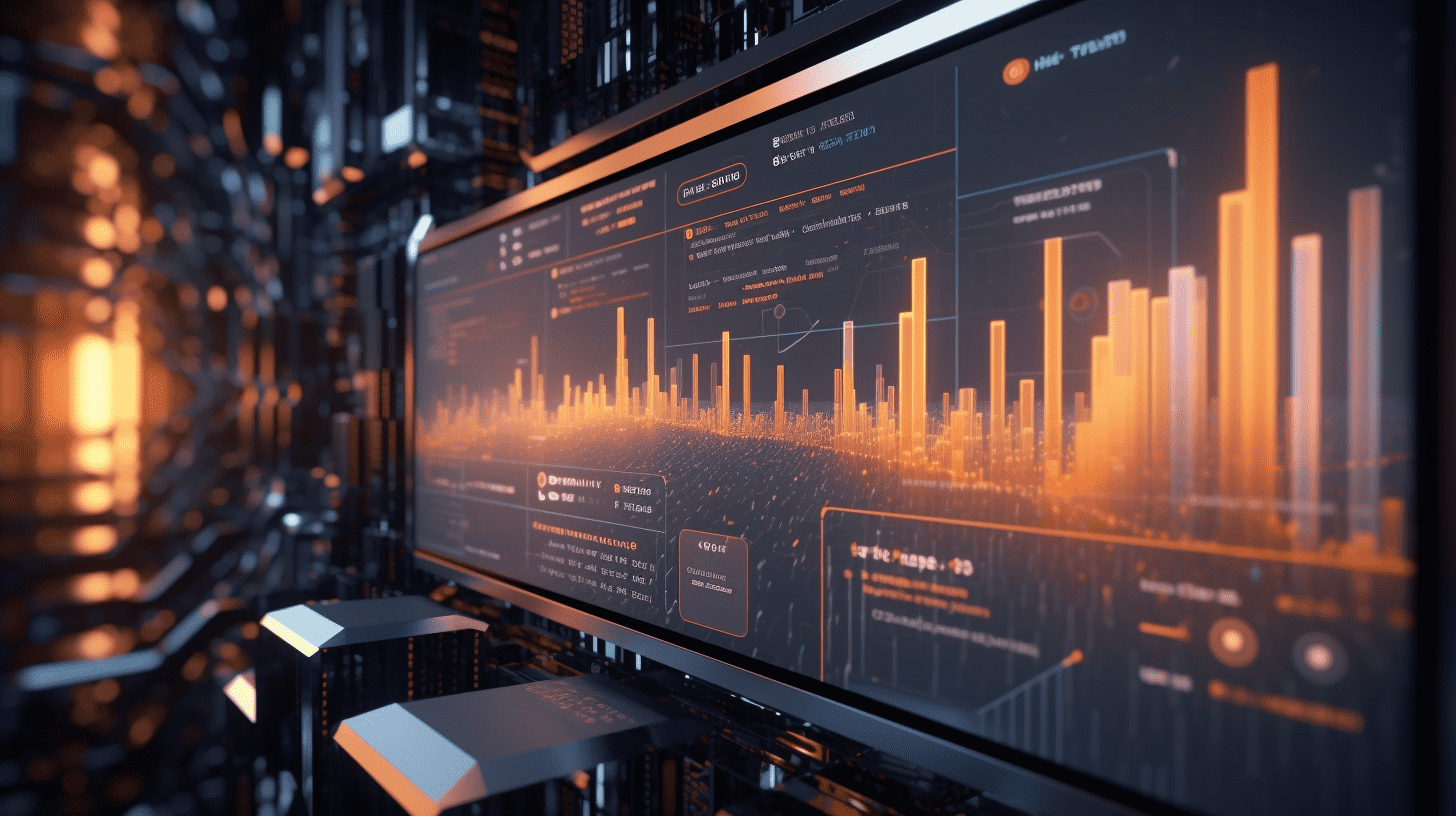Zhongtai: Unmanned sanitation has more commercial prospects, and reporting issues limit industry valuations.
The progress of unmanned environmental sanitation directly affects whether companies can change the valuation suppression caused by low PE ratios and weak cash flow, and change the profit curve.
Zhongtai released a research report stating that the leading traditional environmental sanitation operation has a high annualized amount of orders on hand, but there is significant financial expense pressure and labor cost pressure on the financial side. This provides more motivation to drive the implementation of unmanned environmental sanitation strategies. Achieving labor substitution in both incremental and stock projects, unmanned environmental sanitation is the most important option within its visible strategic scope. The progress of the implementation of unmanned environmental sanitation directly relates to whether companies can change the valuation suppression brought about by low PE ratios and weak cash flows, and change the profit curve. It is recommended to focus on leading environmental sanitation operations as well as related equipment manufacturing targets.
Main points from Zhongtai:
Unmanned environmental sanitation is a low-speed unmanned field with relatively promising commercial prospects.
Lightweight unmanned cleaning equipment, weighing only 1-1.5 tons, with a speed of only 5-10 km/h, has high safety in reachable markets. The low-speed unmanned driving market has a wide space, with a total bid amount of 6.1 billion yuan for clean environmental sanitation projects using unmanned environmental sanitation vehicles in the government's tender in 2024. In the first half of 2025, according to statistics from the Ministry of Ecology and Environment, a total of 103 unmanned environmental sanitation pilot projects were opened for bidding, with a total contract amount exceeding 7 billion yuan. In the context of low return on labor and high demand for services, the environmental sanitation industry not only needs to solve the problem of labor shortages, but also actively seek a more economically efficient overall operation mode. The core barrier of the environmental sanitation service industry lies in the refined management ability of large-scale manpower and vehicle resources (this is the moat of traditional operators), rather than solely equipment technology. Project operation ability is the important survival line in government tenders.
Accumulated problems in the current industry financial statements limit industry valuation
1) High labor costs: in major environmental sanitation operation companies, labor costs account for nearly 60% of total costs and nearly 50% of operating income, high labor costs significantly affect profits. 2) Delayed project payments & impairment losses on accounts receivable: accounts receivable as a proportion of operating income are relatively high, leading companies to incur heavy upfront costs with more projects. Against the backdrop of tight local finances, the industry believes that quarterly accounting periods have tended to be extended to half-yearly periods, and half-yearly periods have been extended to annual periods. Some companies have seen increased financial expenses and impairment losses due to extended accounting periods, which affect profit performance. With the push to reduce debt, the deterioration of leading companies' financial statements is less likely, but under the circumstances of increasing revenue without increasing profits/difficulties in receiving payments, leading companies continue to face pressure, and the industry needs to transition towards more efficient operation modes.
From the financial statements of listed companies in the environmental sanitation industry, on average, every 1.08% market share order corresponds to over 50,000 workers and labor expenses of around 2 billion yuan. The total industry's expenditure on manpower is estimated to be around 200 billion yuan. The bank calculates that switching from the lowest economic combination to the highest economic combination may save 23%-79% of labor costs. It is highly likely that the transition from low to high economic situations will be achieved through equipment mass production/algorithm iterations in the future. Zhongtai believes that in actual operation, some leading companies have shown excellent economic benefits in pilot projects.
Risk warning: Investment in unmanned environmental sanitation operations falls short of expectations; the industry reduces costs, leading to a decrease in overall profits; business progress of related targets falls short of expectations; performance of related targets falls short of expectations; there is a risk of outdated information used in the research report; market size calculations deviate.
Related Articles

HK Stock Market Move | ZTO EXPRESS-W (02057) rises more than 4%, Express delivery expected to benefit from the "anti-internal competition" trend, institutions say industry's fourth quarter profit performance is worth looking forward to.

Shenwan Hongyuan Group: Platform Increases Investment in Instant Retail, Focusing on High Quality New Consumption Targets.

BOCOM INTL: ANTA SPORTS (02020) achieved steady improvement in overall business performance in the first half of the year, with a target price of 110.2 Hong Kong dollars.
HK Stock Market Move | ZTO EXPRESS-W (02057) rises more than 4%, Express delivery expected to benefit from the "anti-internal competition" trend, institutions say industry's fourth quarter profit performance is worth looking forward to.

Shenwan Hongyuan Group: Platform Increases Investment in Instant Retail, Focusing on High Quality New Consumption Targets.

BOCOM INTL: ANTA SPORTS (02020) achieved steady improvement in overall business performance in the first half of the year, with a target price of 110.2 Hong Kong dollars.

RECOMMEND

Tariff-Driven Inflation Arrives with Delay as U.S. Consumers Begin to Feel the Initial Pinch
18/07/2025

Multiple Countries in High-Stakes Talks with the U.S.; EU Considers Invoking “Anti-Coercion Tool” as U.S. Plans Unified Tariffs on 150 Nations
18/07/2025

U.S. House of Representatives Overwhelmingly Passes Three Major Cryptocurrency Bills; White House Says Trump to Sign on Friday
18/07/2025


